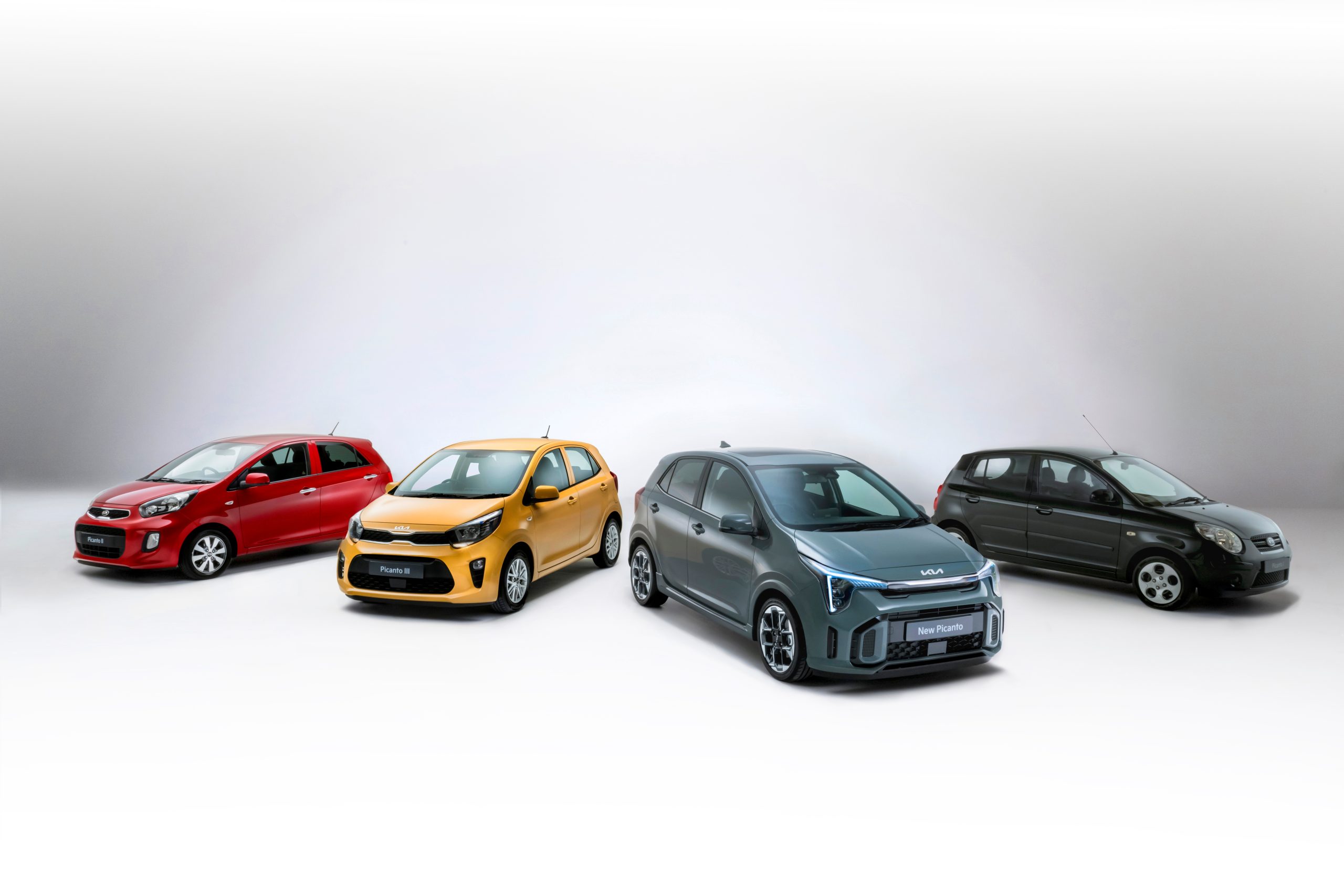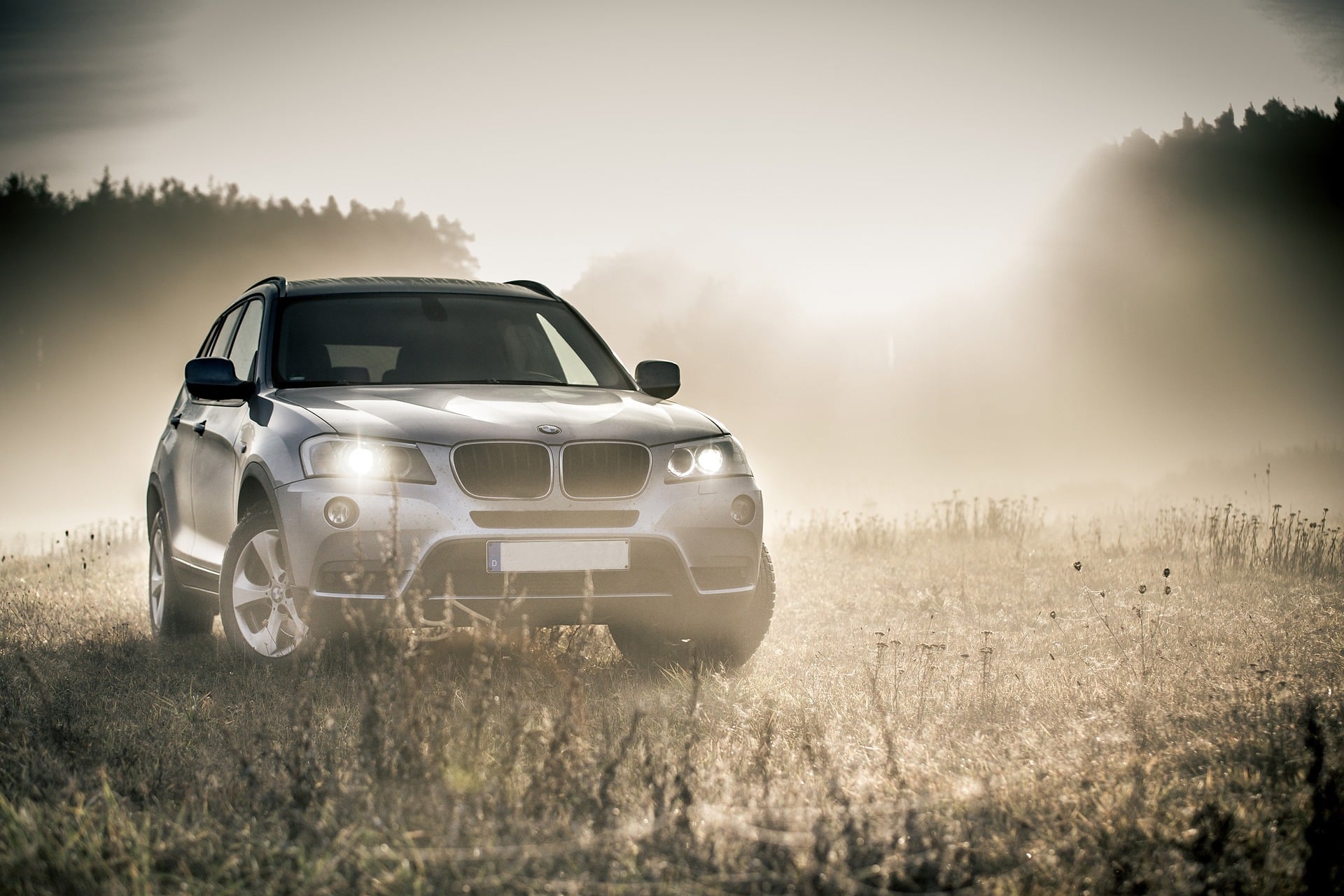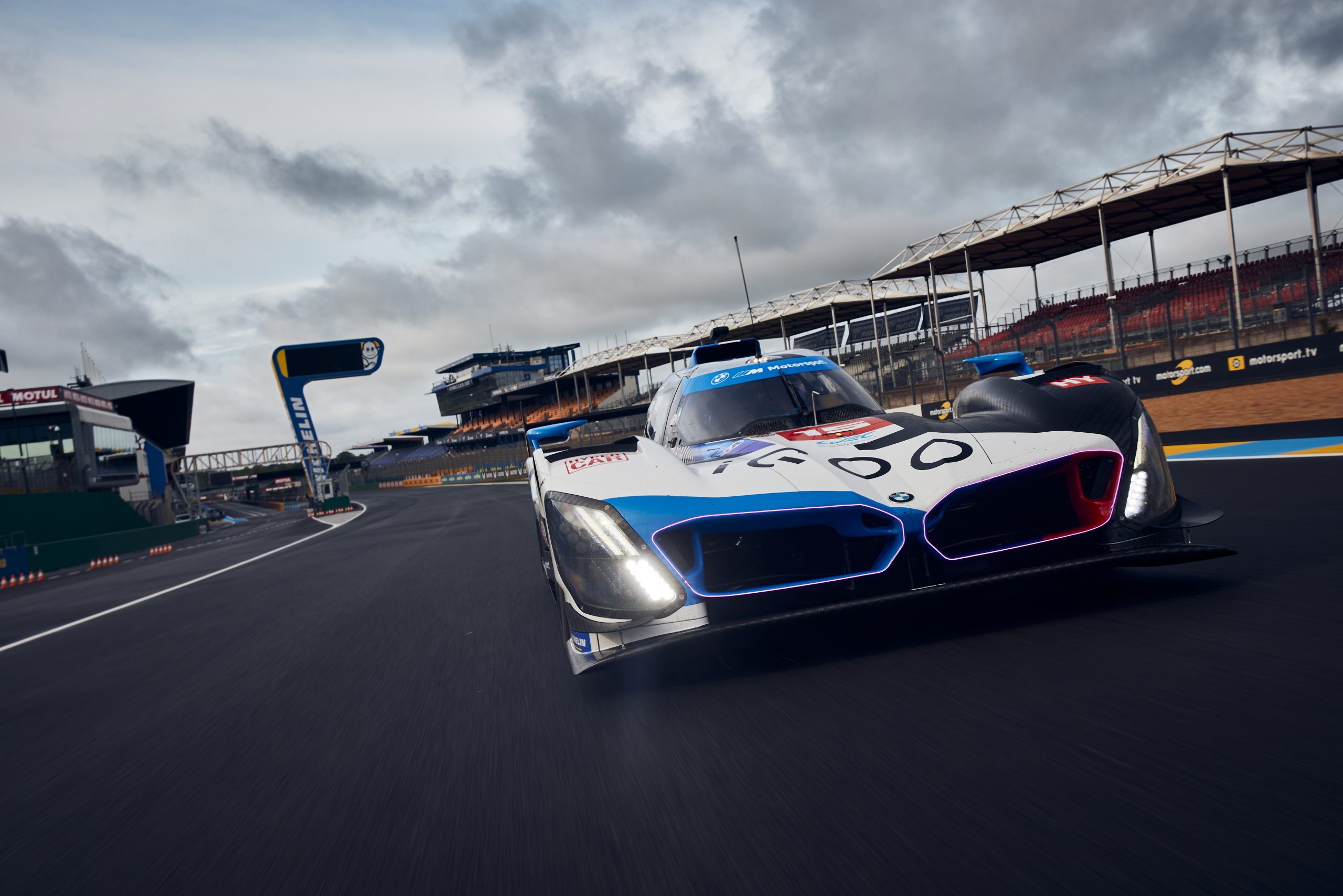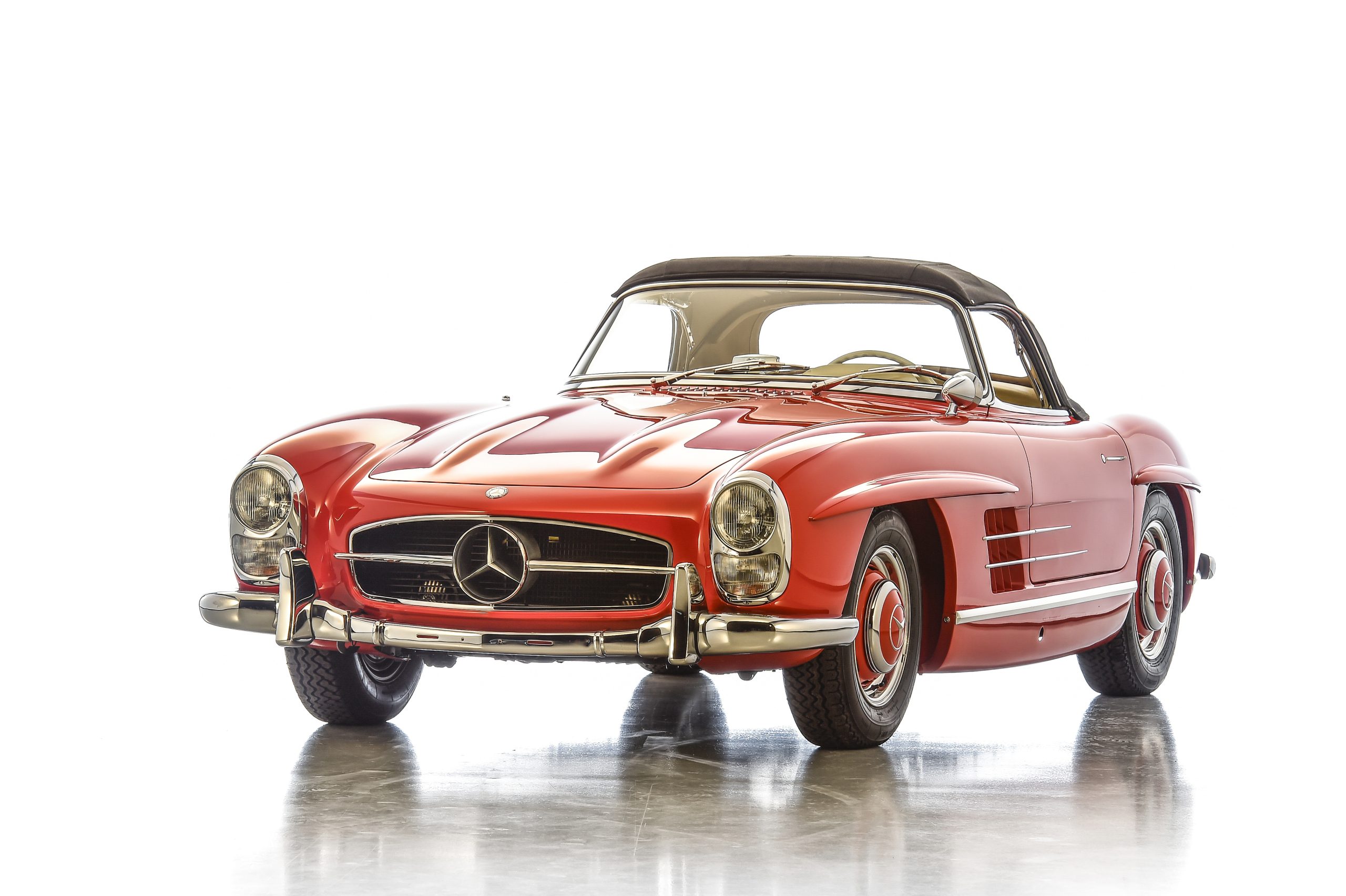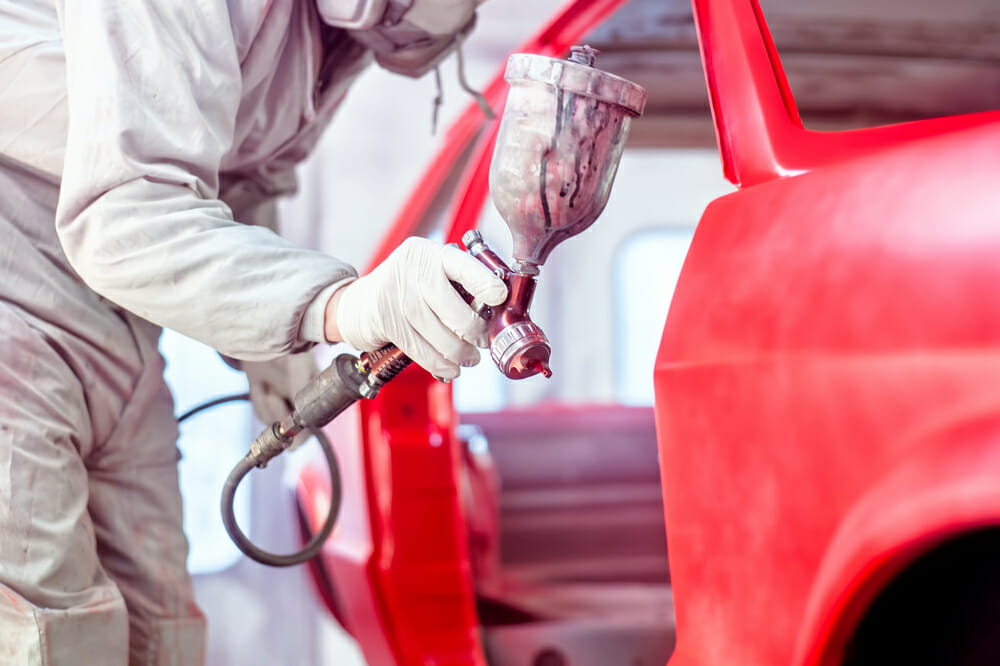How Much Horsepower Do Regular Cars Have?
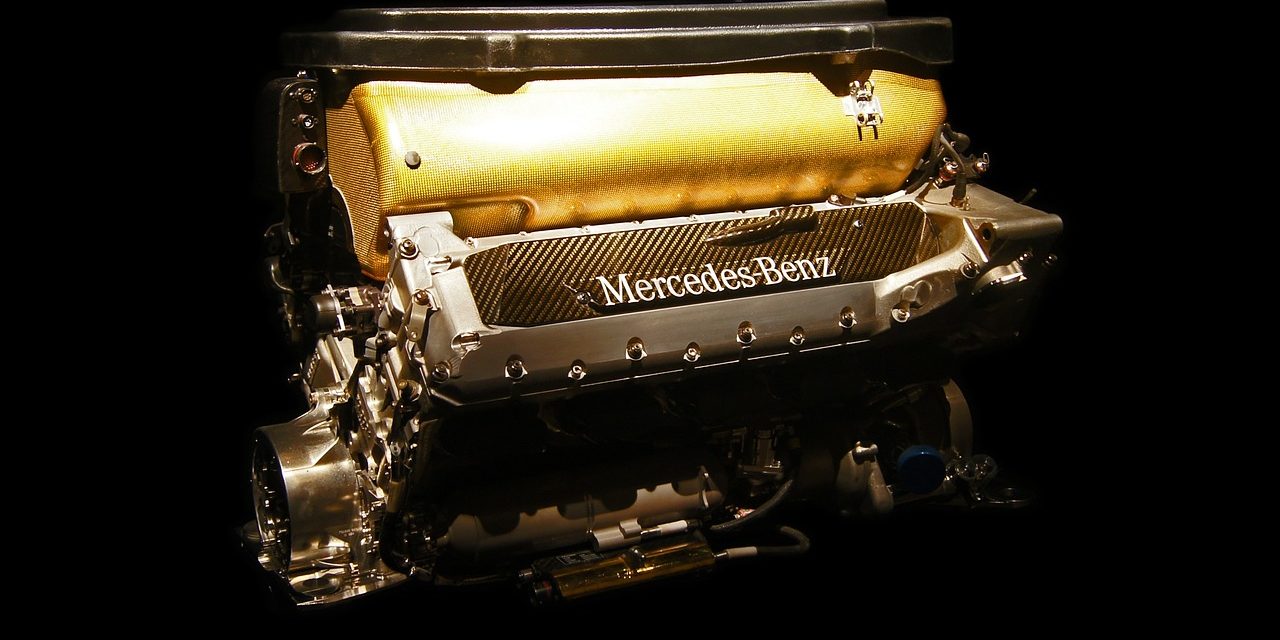
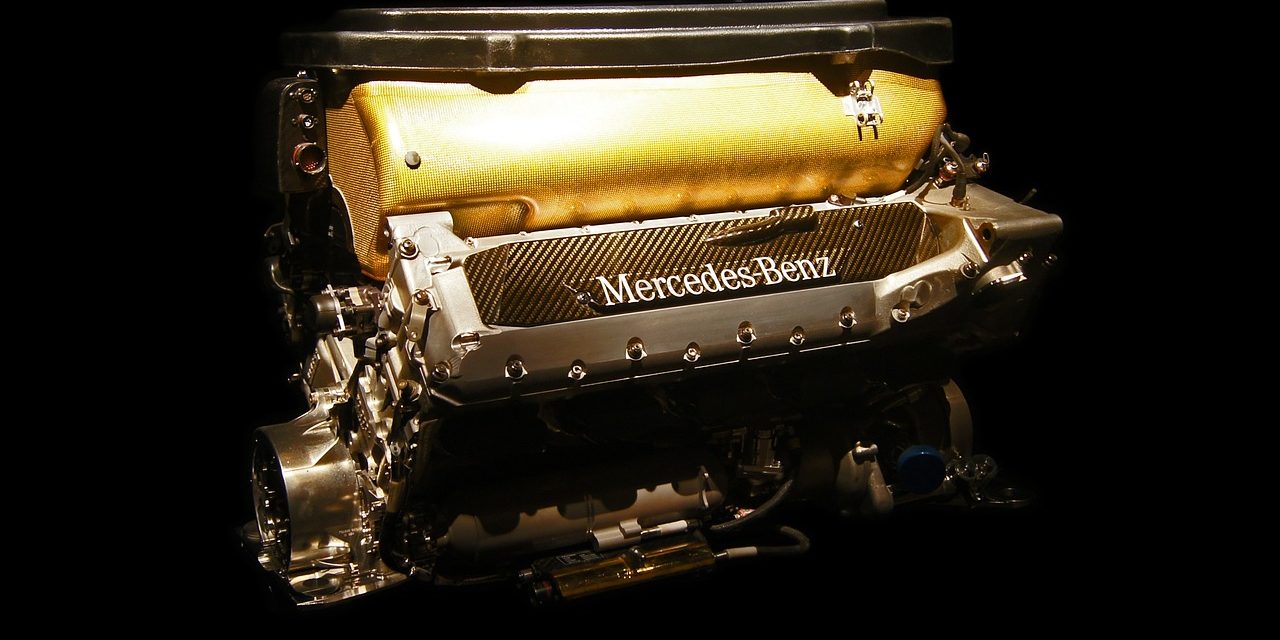
When you press the accelerator, how much power is your car really harnessing? Horsepower has forever been the gold standard for gauging a vehicle’s strength and speed, but how does your everyday sedan stack up against the exotic performance cars we all drool over? Welcome to a world of raw power and tangible torque. Whether you’re a gearhead or just curious, this insightful breakdown comparing horsepower between regular cars and top-performance models promises to rev your engine. Betting you never knew your trusty vehicle was quite this potent – or quite this modest. Buckle up; it’s time to hit the gas on understanding horsepower!
The average horsepower for regular cars typically ranges from 180 to 240 horsepower. However, it’s important to note that the specific horsepower of a car can vary depending on factors such as the type and model of the vehicle.
Understanding Horsepower in Regular Cars
When it comes to regular cars, understanding horsepower is essential for assessing their performance capabilities. Horsepower is a unit of measurement used to quantify the power output of an engine. It serves as an indicator of a car’s speed and acceleration potential. In simple terms, the higher the horsepower rating, the more power the engine can produce.
While it may be tempting to associate high horsepower with faster speeds, it’s important to note that there are other factors at play in determining a car’s overall performance. Factors such as weight, transmission, torque, and drivetrain contribute significantly to a car’s ability to deliver power effectively.
For example, consider a compact car with 180 horsepower versus a larger sedan with the same horsepower rating. Due to its lighter weight, the compact car may feel faster and more energetic than the larger sedan despite sharing the same horsepower figure. This illustrates how a lightweight design can make better use of available power.
It’s also worth mentioning that different types and models of regular cars have varying average horsepower levels. The average horsepower for more common cars typically falls within the range of 180 to 240 horsepower. This is because most people prioritize factors like fuel efficiency, cost-effectiveness, and everyday practicality over extreme performance.
For instance, when commuting within city traffic or driving on highways, lower average horsepower is usually sufficient for regular cars. A typical midsize sedan with around 130 horsepower can provide adequate acceleration and maneuverability in urban environments. The focus here is on convenience and fuel economy rather than sheer speed.
Understanding these nuances helps us realize that while horsepower is relevant in gauging a car’s performance, it should not be viewed in isolation. To truly comprehend a regular car’s capabilities, factors such as weight-to-power ratio (hp/tonne), torque delivery across various RPM ranges, transmission gearing, throttle response, tire width and diameter, and drivetrain type should also be taken into account.
Ultimately, the amount of horsepower needed for a regular car depends on personal preferences, specific usage requirements, the weight of the vehicle, passenger load, and terrain. For instance, someone living in a hilly area might prefer a car with slightly higher horsepower for better uphill performance.
An important aspect of understanding horsepower in regular cars is recognizing that more power doesn’t always equate to a better driving experience. Higher horsepower may consume more fuel and lead to increased maintenance costs. Therefore, striking a balance between adequate power and overall efficiency is crucial when assessing regular cars.
Factors Influencing Horsepower
To grasp the factors that influence horsepower in regular cars, it’s essential to consider the interplay between various elements within a vehicle’s design and engineering.
One of the primary contributors to horsepower is engine size or displacement. Engines with larger displacements tend to produce more power due to their ability to intake and combust larger amounts of air-fuel mixture.
Additionally, turbocharging or supercharging can significantly boost an engine’s performance by forcing more air into the combustion chamber. This allows smaller engines to generate power levels comparable to larger naturally aspirated engines.
For example, a compact car equipped with a turbocharged engine may have similar horsepower ratings as a larger non-turbocharged engine while being more fuel-efficient. This demonstrates how advancements in technology enable automakers to extract greater performance from smaller engines.
The efficiency and effectiveness of a car’s internal combustion process are determined by factors such as compression ratio, valve timing, and fuel injection systems. These components affect how efficiently the engine can convert fuel into mechanical energy, thus influencing its overall power output.
An often overlooked aspect is the drivetrain configuration. Front-wheel drive (FWD), rear-wheel drive (RWD), all-wheel drive (AWD), or four-wheel drive (4WD) systems can impact how power is delivered to the wheels. Each configuration has its strengths and weaknesses, which affect a car’s traction, handling dynamics, and overall performance.
However, it’s crucial to recognize that horsepower alone does not dictate a car’s performance fully. Other factors like weight, aerodynamics, gear ratios in the transmission, and tire grip also play substantial roles. A well-balanced combination of these elements is necessary for optimal performance on the road.
Variety of Horsepower in Different Car Classes
When it comes to horsepower, the range can vary significantly across different car classes. Let’s take a closer look at the variety of horsepower you can find in different types of vehicles.
In the economy car class, which includes compact cars and hatchbacks, the average horsepower generally falls within the range of 90 to 120 horsepower. These vehicles prioritize fuel efficiency and affordability, making them suitable for daily commuting and city driving. While they may not have the raw power of high-performance cars, their light weight allows them to be nimble on the road.
Moving up to midsize cars, which encompass sedans and crossovers, the average horsepower typically ranges from 180 to 240 horsepower. Midsize vehicles strike a balance between fuel efficiency and performance, catering to individuals seeking a comfortable and spacious ride without compromising too much on speed. With this level of horsepower, these cars provide ample power for highway merging and passing maneuvers.
For those who crave more power, there are also high-performance cars that boast extraordinary horsepower figures. These sports cars or luxury vehicles can have anywhere from 300 to over 500 horsepower, depending on the model. With this level of firepower under the hood, these cars deliver exhilarating acceleration and top speeds that can satisfy even the most demanding speed enthusiasts.
It’s essential to note that the average horsepower may vary depending on the type and model of the car. Within each class, there will be outliers with both higher and lower horsepower ratings than the averages mentioned.
Comparing Horsepower in Economy and Midsize Vehicles
Now that we have an understanding of how horsepower varies across different car classes let’s focus specifically on comparing horsepower in economy and midsize vehicles.
In economy cars, as mentioned earlier, the average horsepower typically ranges from 90 to 120. While this power may seem modest compared to high-performance vehicles, it’s important to consider the purpose and intended use of economy cars. These vehicles are designed primarily for efficient city driving and commuting, where quick acceleration and high speeds may be less critical. With their lighter weight, lower horsepower can still provide adequate power for navigating through traffic and achieving desired speeds.
On the other hand, midsize cars offer a higher average horsepower range of 180 to 240. This additional power allows for smoother acceleration, effortless highway merging, and greater flexibility when faced with demanding driving situations. For individuals seeking a balance between performance and practicality, midsize cars with their increased horsepower offer an optimal choice.
It’s worth noting that while horsepower is associated with engine power and plays a significant role in determining a car’s speed and acceleration, it’s not the sole factor that influences performance. Other factors such as weight, torque, transmission, gear ratios, and drivetrain also contribute to a car’s overall performance.
Ultimately, the ideal horsepower for a regular car depends on personal preferences and specific usage requirements. Some people prioritize fuel efficiency over high-speed capabilities when choosing an economy car, while others may opt for more horsepower in midsize vehicles to ensure dynamic driving experiences.
Selecting the right horsepower for your regular car can be likened to choosing the perfect pair of shoes – it needs to be comfortable enough for everyday use but also stylish enough to make you feel good.
Performance Implications of Horsepower
When it comes to regular cars, horsepower plays a significant role in determining their overall performance. Higher horsepower typically means increased speed and acceleration, as well as improved towing capabilities. However, it’s important to note that performance is not solely determined by horsepower alone, but rather a combination of various factors such as weight, torque, transmission, gear size, tire width and diameter, throttle response, and drivetrain.
Let’s imagine two cars with different horsepower ratings: Car A has 150 horsepower, while Car B has 250 horsepower. On paper, it might seem like Car B would easily outperform Car A in terms of speed and acceleration. While this might be true to some extent, other factors also come into play.
Car A is lightweight and equipped with a responsive transmission and aerodynamic design. Despite having lower horsepower, it can still offer impressive performance on city streets and highways. On the other hand, Car B may have higher horsepower but is heavier due to additional features or a larger body size. As a result, its acceleration might be slightly slower than expected.
Understanding the implications of horsepower on acceleration and fuel efficiency can provide further insights into how regular cars perform.
- When evaluating the performance of regular cars, it is important to consider horsepower along with other factors such as weight, torque, transmission, gear size, tire width and diameter, throttle response, and drivetrain. While higher horsepower generally indicates increased speed and acceleration, it is not the sole determinant of performance. Other factors like weight and aerodynamics can also impact a car’s performance. Therefore, it is crucial to have a comprehensive understanding of these various factors to accurately assess a car’s overall performance.
Horsepower Impact on Acceleration and Fuel Efficiency
The relationship between horsepower and acceleration is relatively straightforward – more horsepower generally leads to faster acceleration. Cars with higher horsepower can reach higher speeds in a shorter amount of time compared to those with lower power output. This is particularly noticeable when merging onto highways or overtaking other vehicles on the road.
However, it’s crucial to remember that acceleration depends not only on horsepower but also on torque. Torque refers to the rotational force produced by the engine, which contributes greatly to a car’s ability to accelerate quickly from a standstill. Even with ample horsepower, if a car lacks sufficient torque, its acceleration may still be compromised.
When it comes to fuel efficiency, higher horsepower engines tend to consume more fuel. This is because a powerful engine requires more energy to perform at its peak level. Cars with larger, more powerful engines often have lower gas mileage compared to their counterparts with smaller engines and lower horsepower ratings.
For example, a compact car with a 1.5-liter engine and 130 horsepower can offer excellent fuel efficiency, allowing you to travel longer distances on a single tank of gas. In contrast, a larger midsize SUV with a 3.0-liter engine and 250 horsepower may have lower fuel efficiency due to the increased power output.
While high horsepower provides thrilling performance, it’s crucial for car buyers to consider their personal requirements and priorities before choosing a vehicle based solely on power.
Comparing Gas and Electric Engine Horsepower
The comparison between gas and electric engine horsepower is a pivotal one in understanding the current landscape of automotive performance. Traditionally, internal combustion engines have dominated the market, boasting impressive horsepower figures that have fueled our fascination with speed and acceleration. However, with the rise of electric vehicles, a new chapter in automotive technology has emerged, challenging the conventional notions of horsepower.
Gasoline engines have long been associated with high horsepower figures, offering substantial power outputs that allow for exhilarating speeds. The horsepower produced by these engines is a result of burning fuel within the cylinders to generate mechanical energy. This energy is then transmitted through a series of components to ultimately propel the vehicle forward. Car enthusiasts often revel in the roar and adrenaline-inducing acceleration produced by powerful gasoline engines.
On the other hand, electric motors exhibit unique characteristics that differentiate them from their gasoline counterparts. While they may not boast astronomical horsepower figures like some high-performance gasoline engines, they offer exemplary torque right from the start. Torque is essentially the twisting force that allows a vehicle to accelerate quickly and effortlessly, even at low speeds.
To illustrate this, imagine two cars lined up for a drag race: one powered by a gasoline engine with 400 horsepower and another equipped with an electric motor rated at 300 horsepower. Initially, it might seem like the gasoline-powered car has the advantage due to its higher horsepower rating. However, as soon as the race begins, the electric vehicle’s instant torque gives it a significant head start, enabling it to surge ahead quickly. This exemplifies how torque can compensate for lower horsepower figures in electric vehicles.
| Gasoline Engine | Electric Motor | |
|---|---|---|
| Horsepower | High figures possible (e.g., 500+ HP) | Moderate to high figures (e.g., 200-400 HP) |
| Torque | Varies depending on engine size and design | High from the start, providing quick acceleration |
| Power Curve | Peak horsepower at specific RPM range | Flat power curve, delivering consistent acceleration |
The nature of electric motors allows them to deliver power more efficiently throughout a wider range of speeds due to their flat power curve. In contrast, gasoline engines often have a narrower peak powerband, meaning that their maximum horsepower is only achieved within a specific RPM range. As the RPM decreases or increases beyond this range, the horsepower output diminishes.
As we witness the rapid growth of electric vehicles and advancements in their technology, it’s crucial to consider what lies ahead for horsepower in the automotive industry.
The Future of Horsepower: Electric Cars
The future of horsepower is being rewritten by the rising prominence of electric cars. With increasing environmental concerns and advancements in battery technology, these vehicles are gaining traction in the market as viable alternatives to traditional gasoline-powered counterparts.
Electric cars offer several advantages when it comes to horsepower and performance. Firstly, they provide instant torque through their electric motors, allowing for impressive acceleration and responsiveness. This feature contributes to an exciting driving experience that rivals or even surpasses that of many gasoline-powered sports cars.
Moreover, electric motors have significant potential for further enhancements in power output. As technological advancements continue to unfold, we can expect electric motors to become more powerful and efficient, pushing the boundaries of what electric vehicles are capable of achieving. This means that future electric cars might boast even higher horsepower figures while still maintaining their exceptional torque characteristics.
Let’s take a look at one such example: the Tesla Model S Plaid. This high-performance electric sedan boasts mind-boggling specifications, including over 1,000 horsepower (similar to the horsepower of an F1 car) and an estimated zero-to-60 mph time under two seconds. These astonishing numbers are a testament to the immense potential of electric vehicle technology and its ability to redefine our expectations of horsepower.
In addition to raw power, the future of horsepower in electric vehicles will also be influenced by advancements in battery technology. As battery energy density increases and charging infrastructure becomes more widespread, electric cars will be able to deliver sustained high-performance capabilities while maintaining longer ranges. This means that future generations of electric vehicles could potentially offer both impressive horsepower and extended driving ranges, rivaling current gasoline-powered vehicles on all fronts.





